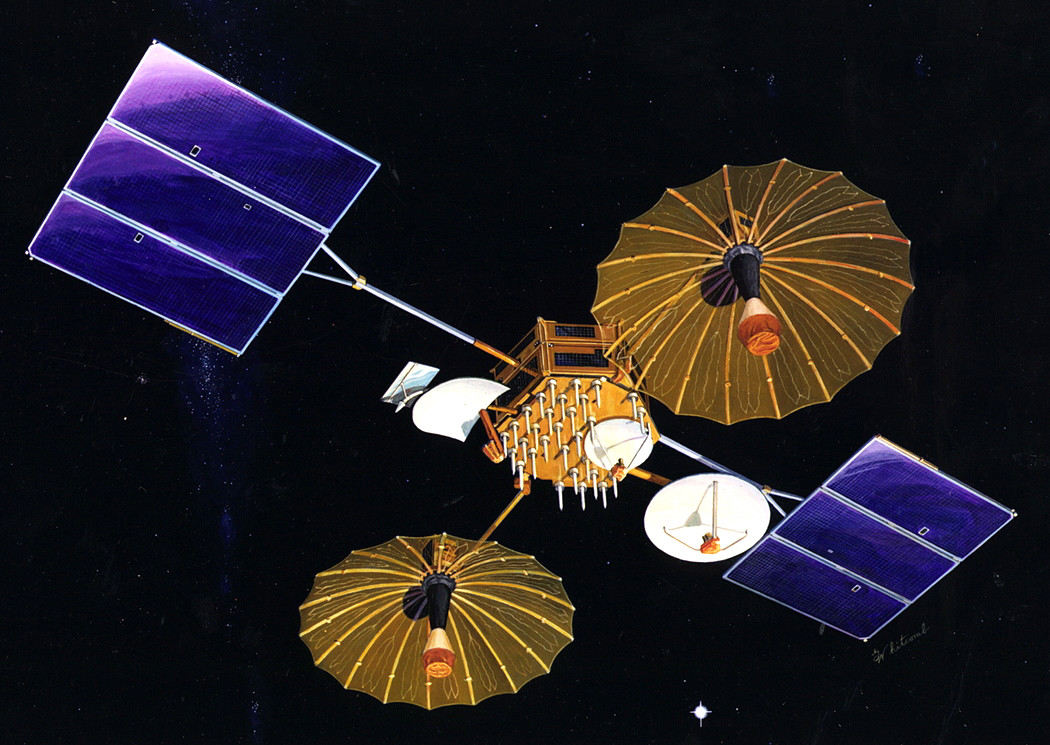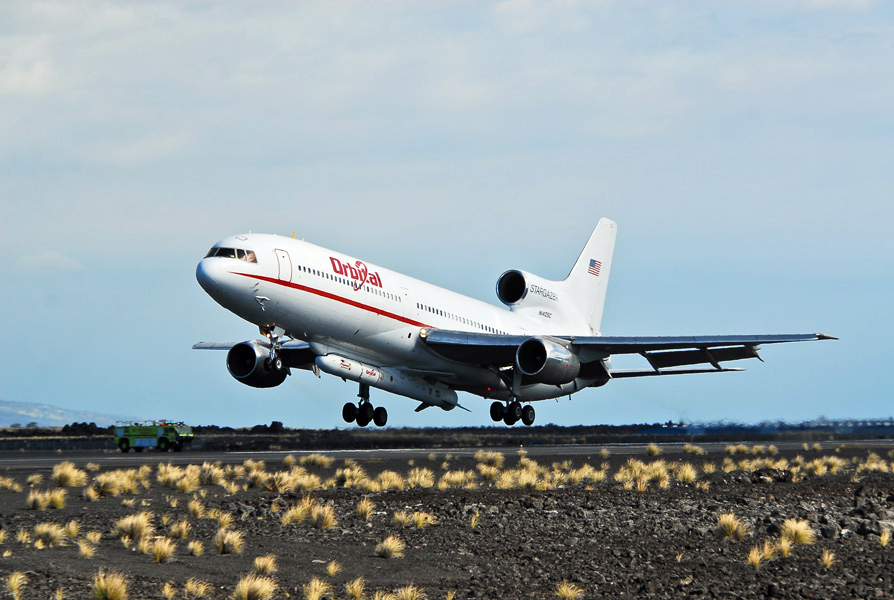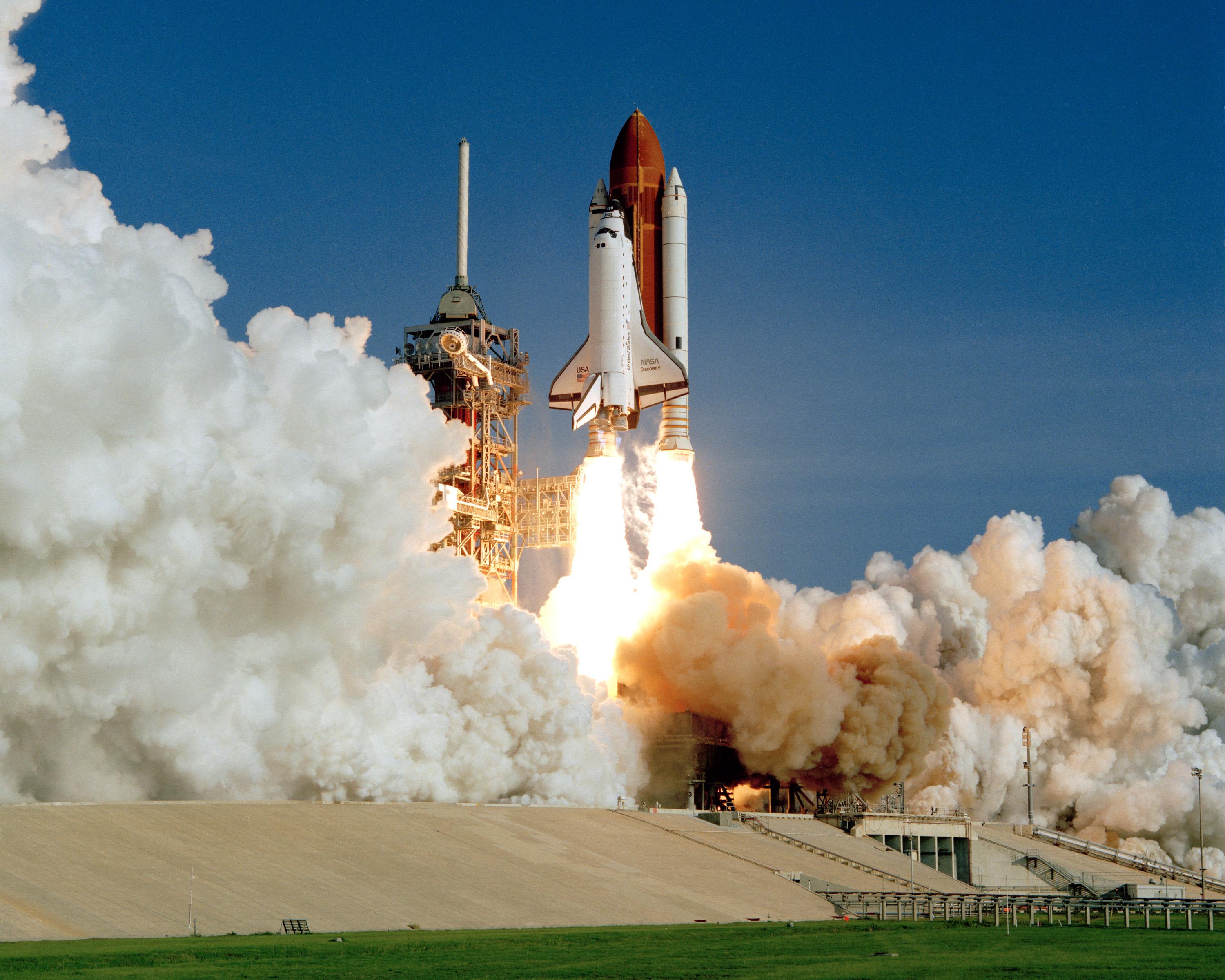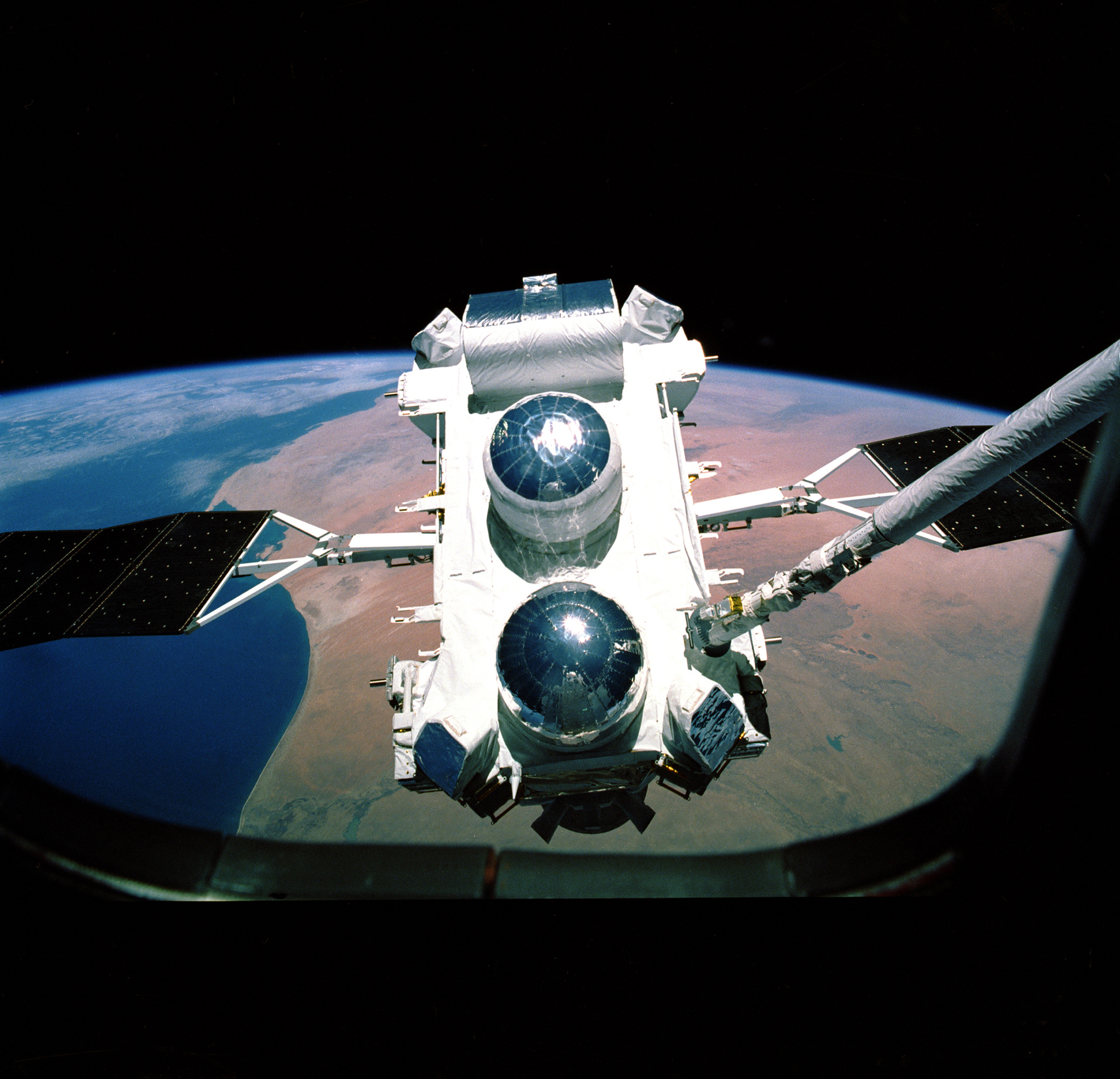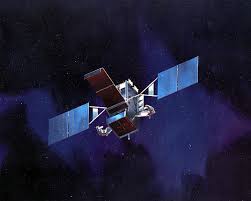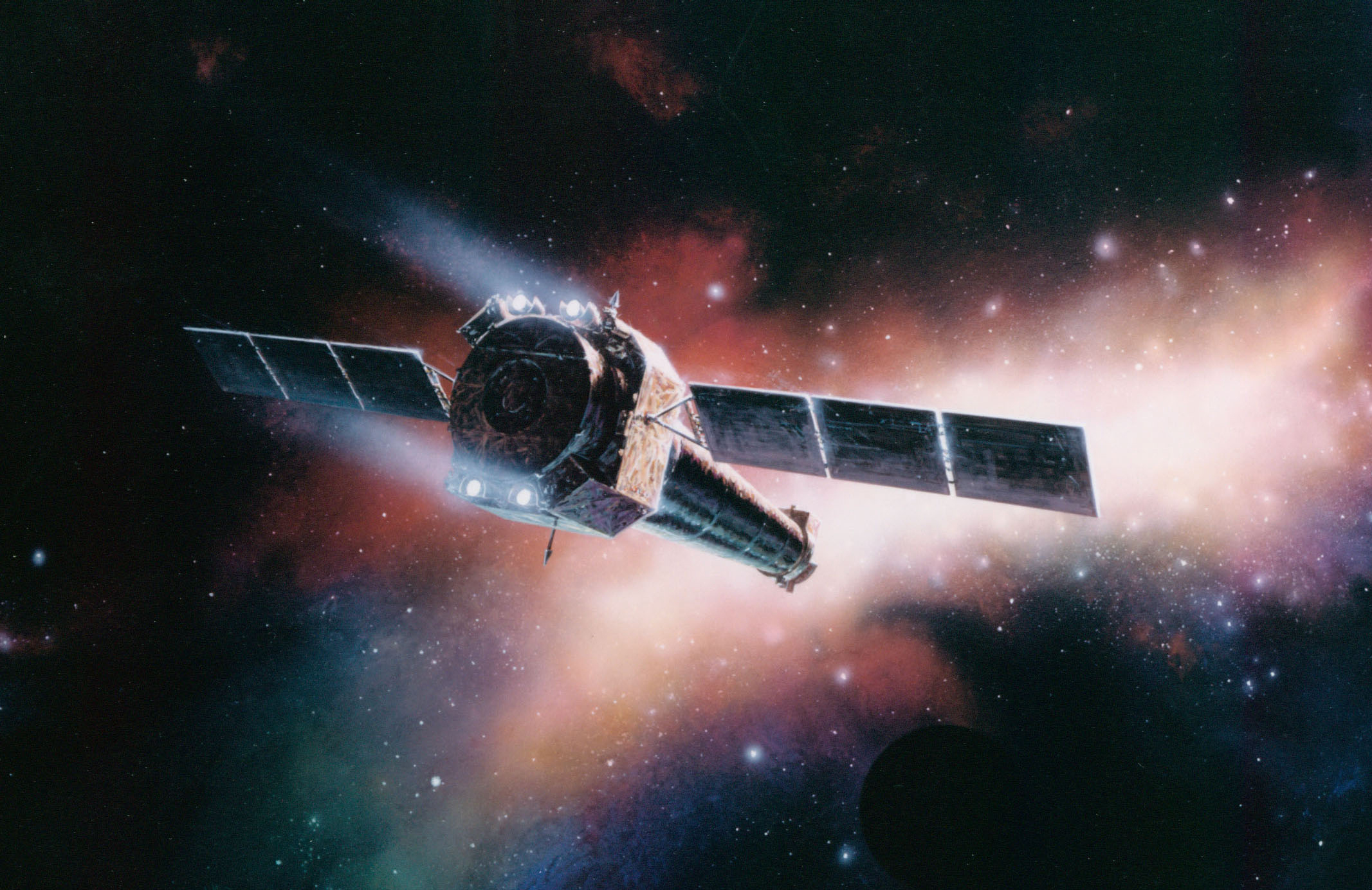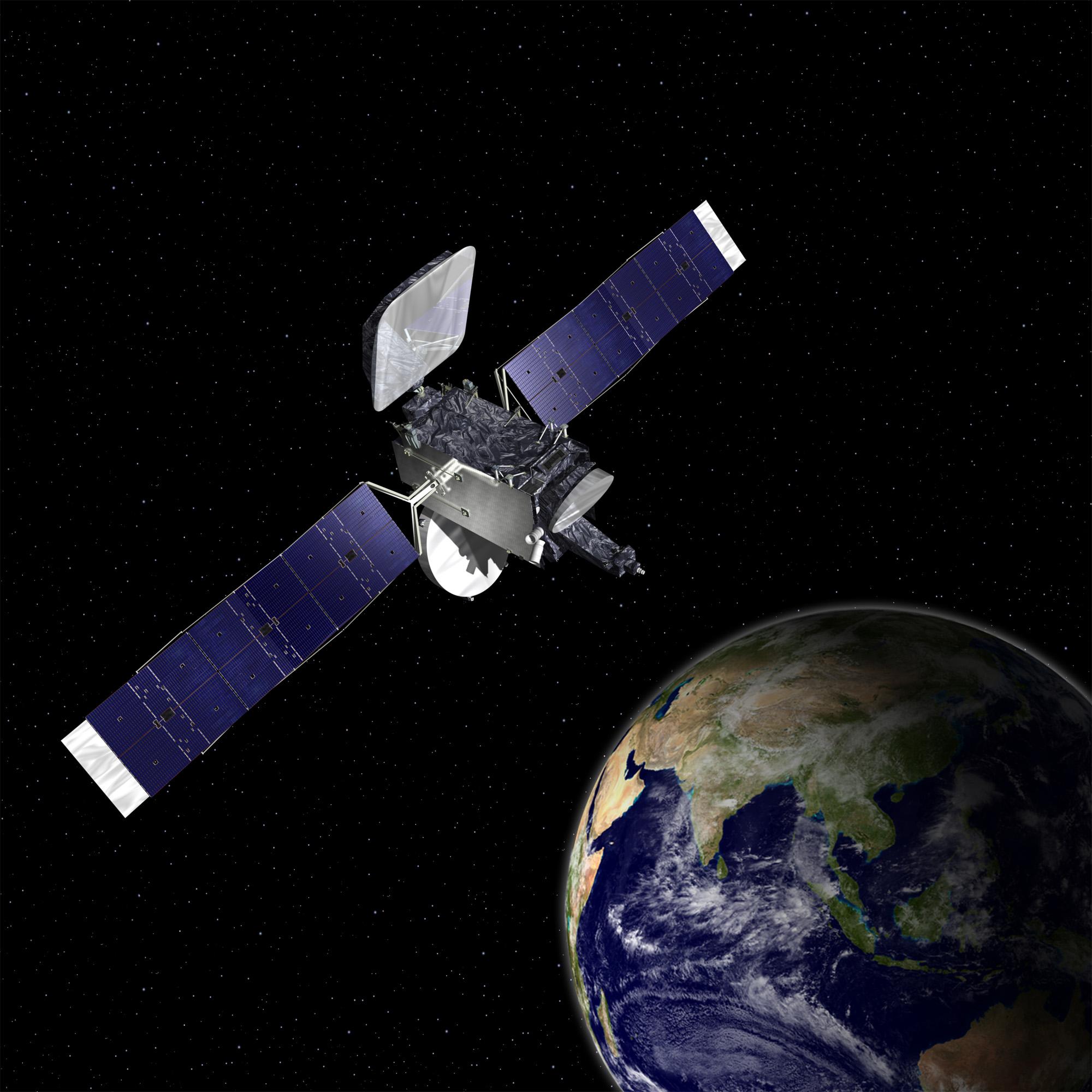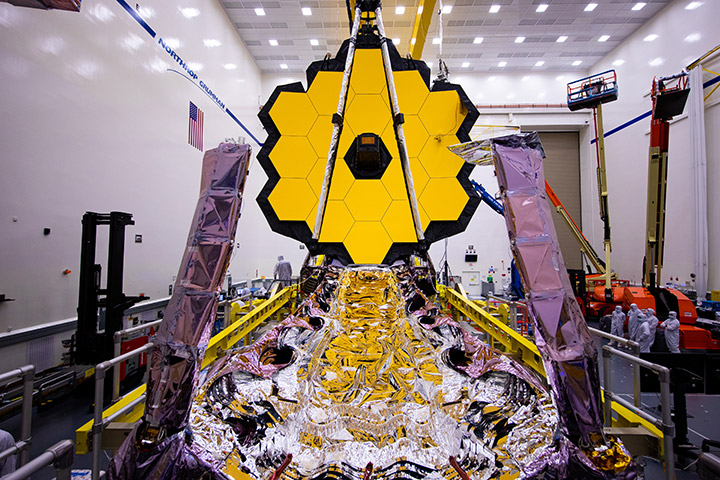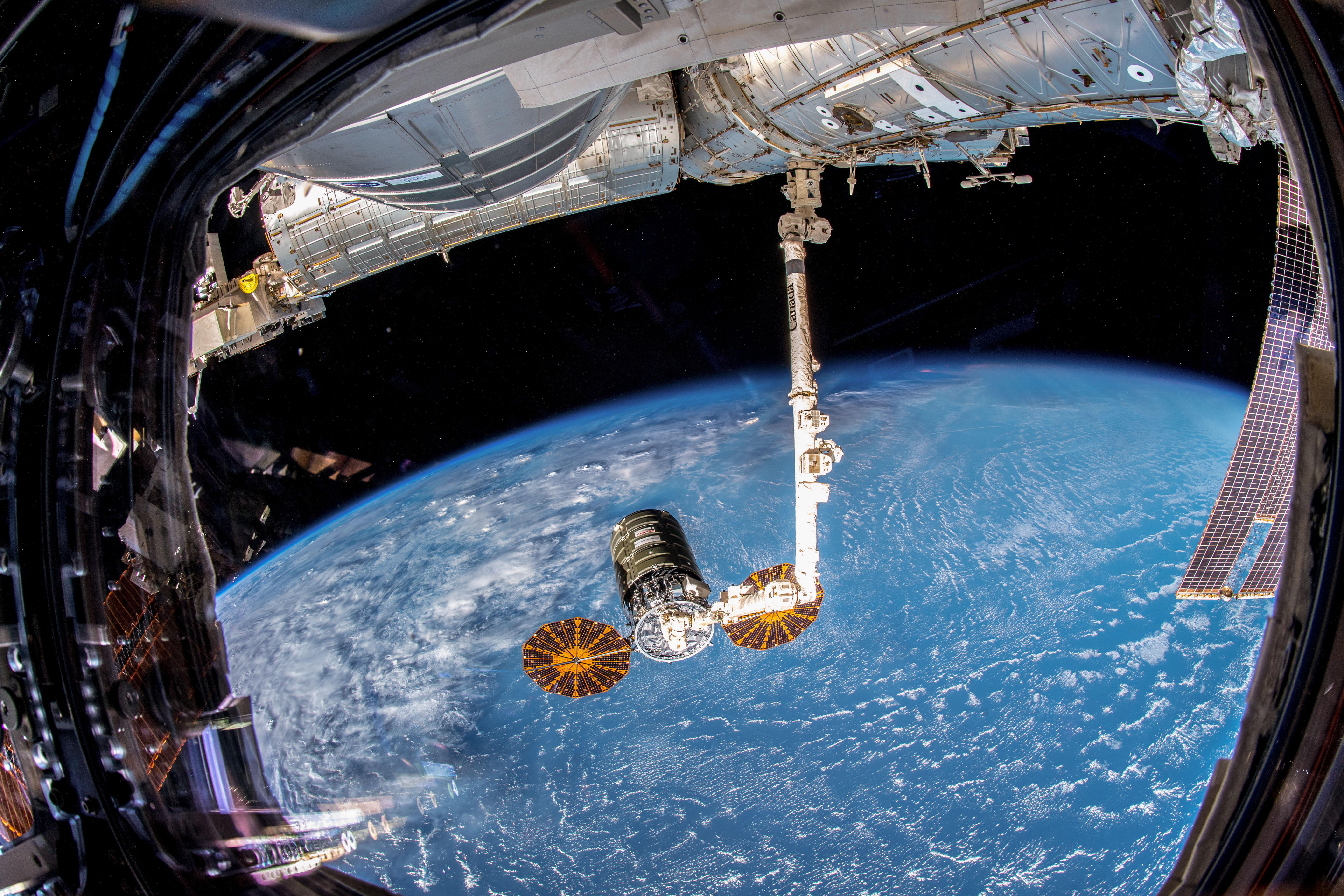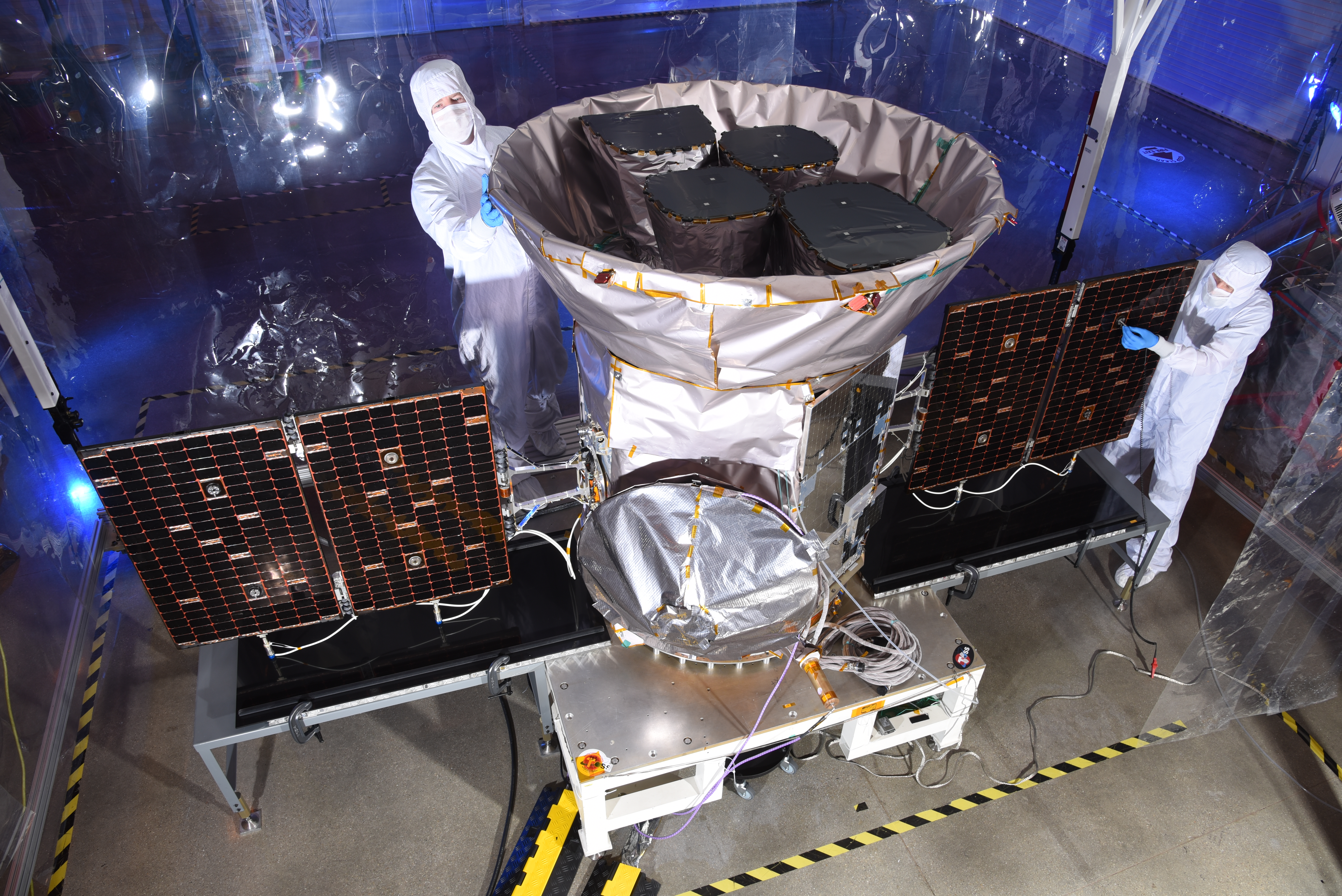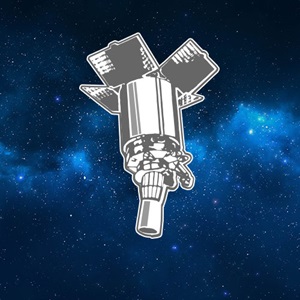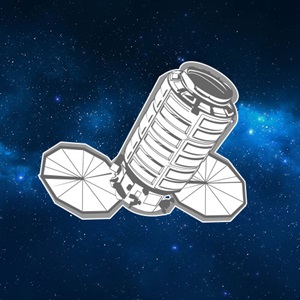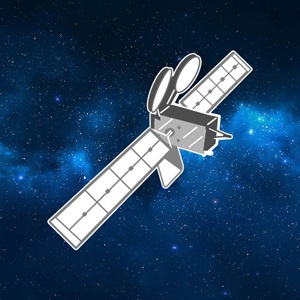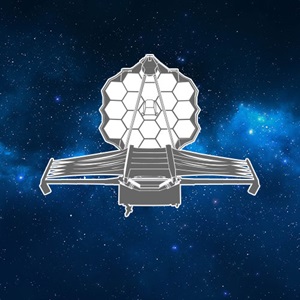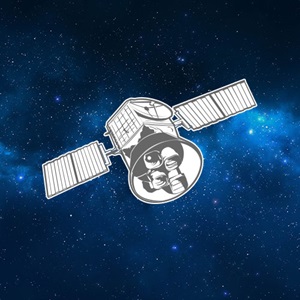Space Legacy

Our Space History
TRW Leads from the Start
In the early days of the space race, Northrop Grumman heritage company TRW built on its broad expertise in early ICBM efforts to build satellites for NASA and the Department of Defense. By 1964, TRW had readied a total of 218 of the 248 satellites the US placed in orbit.
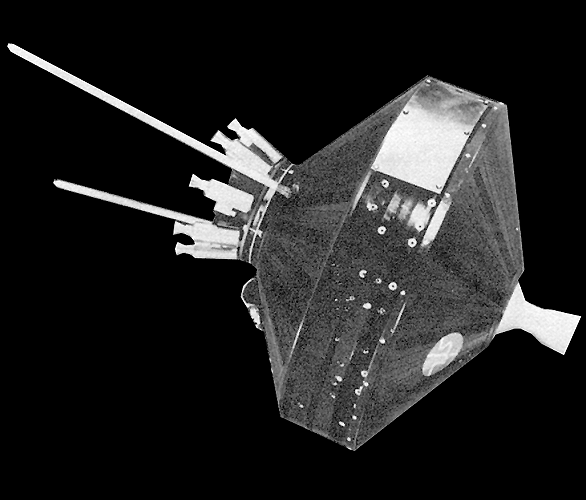
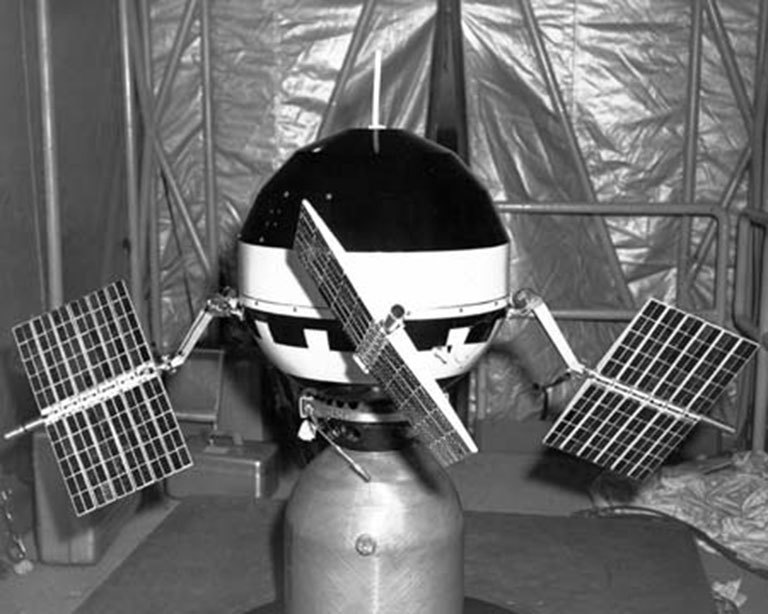
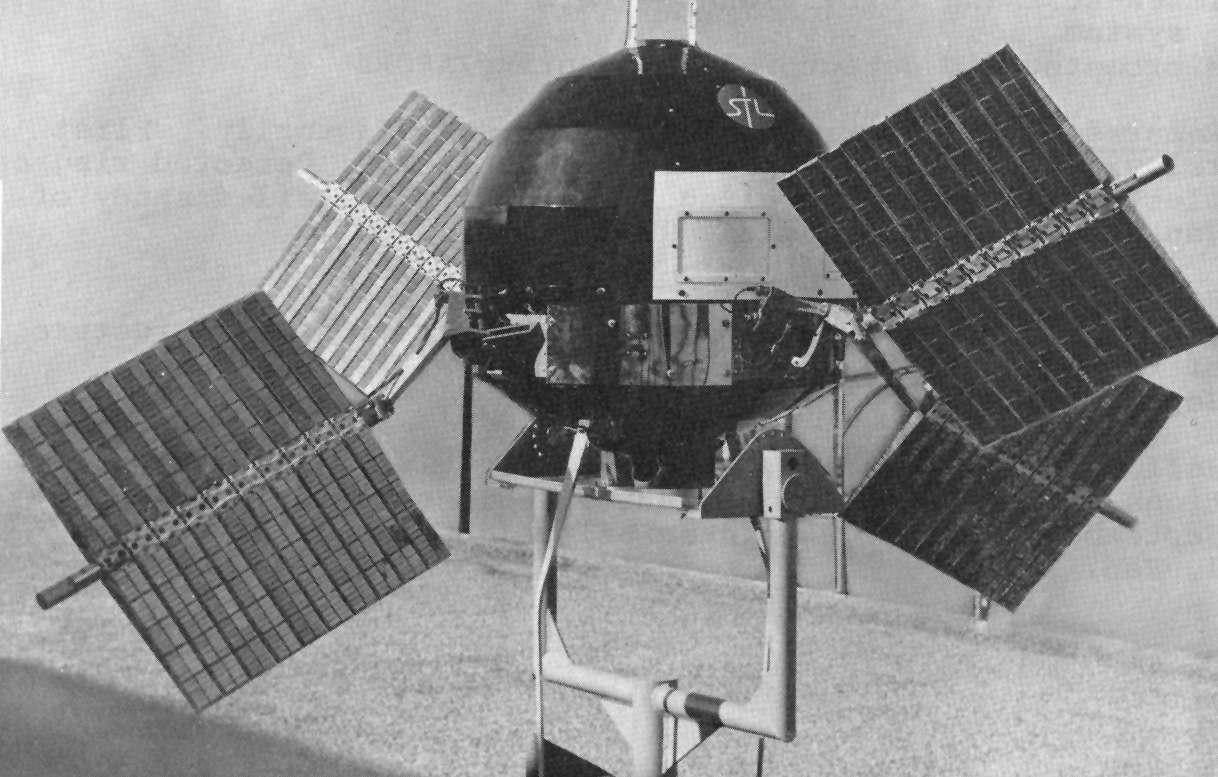
Grumman Takes America to the Moon
As NASA geared up for the Apollo program, many Northrop Grumman heritage companies would play a vital role in the Moon missions. But arguably none were more vital than Grumman, which designed and built the Lunar Module, the vehicle that landed men on the moon.
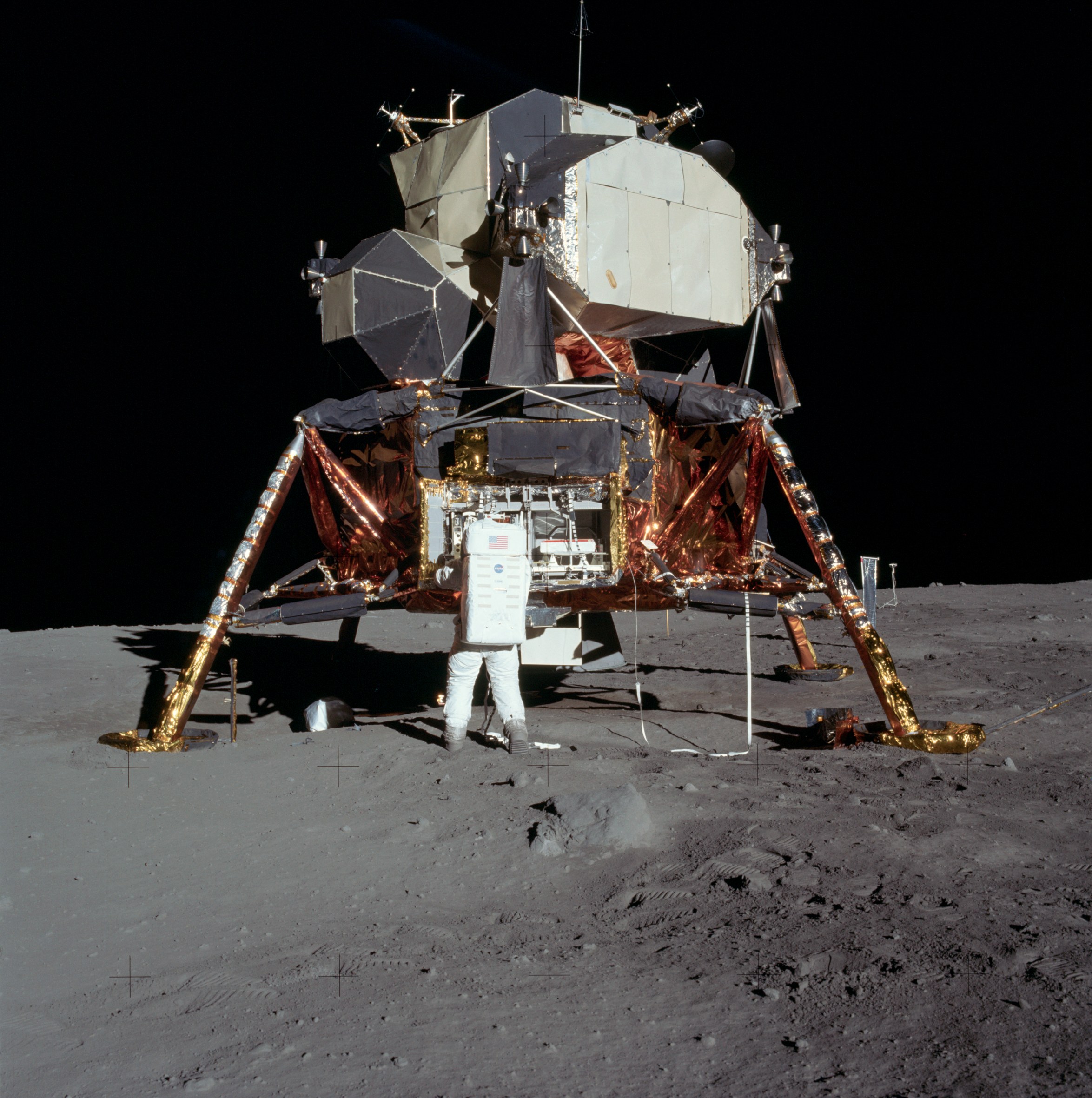
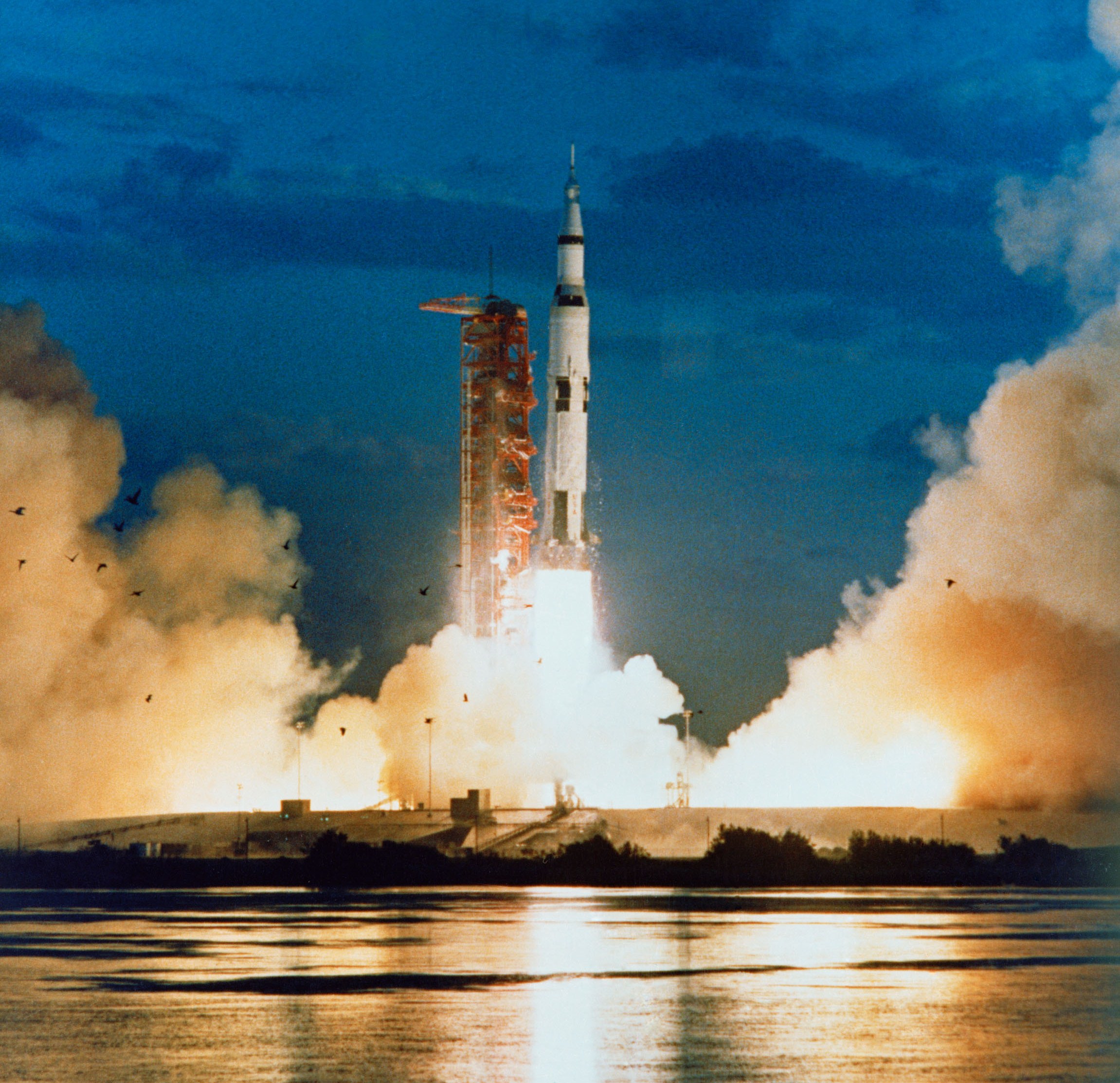
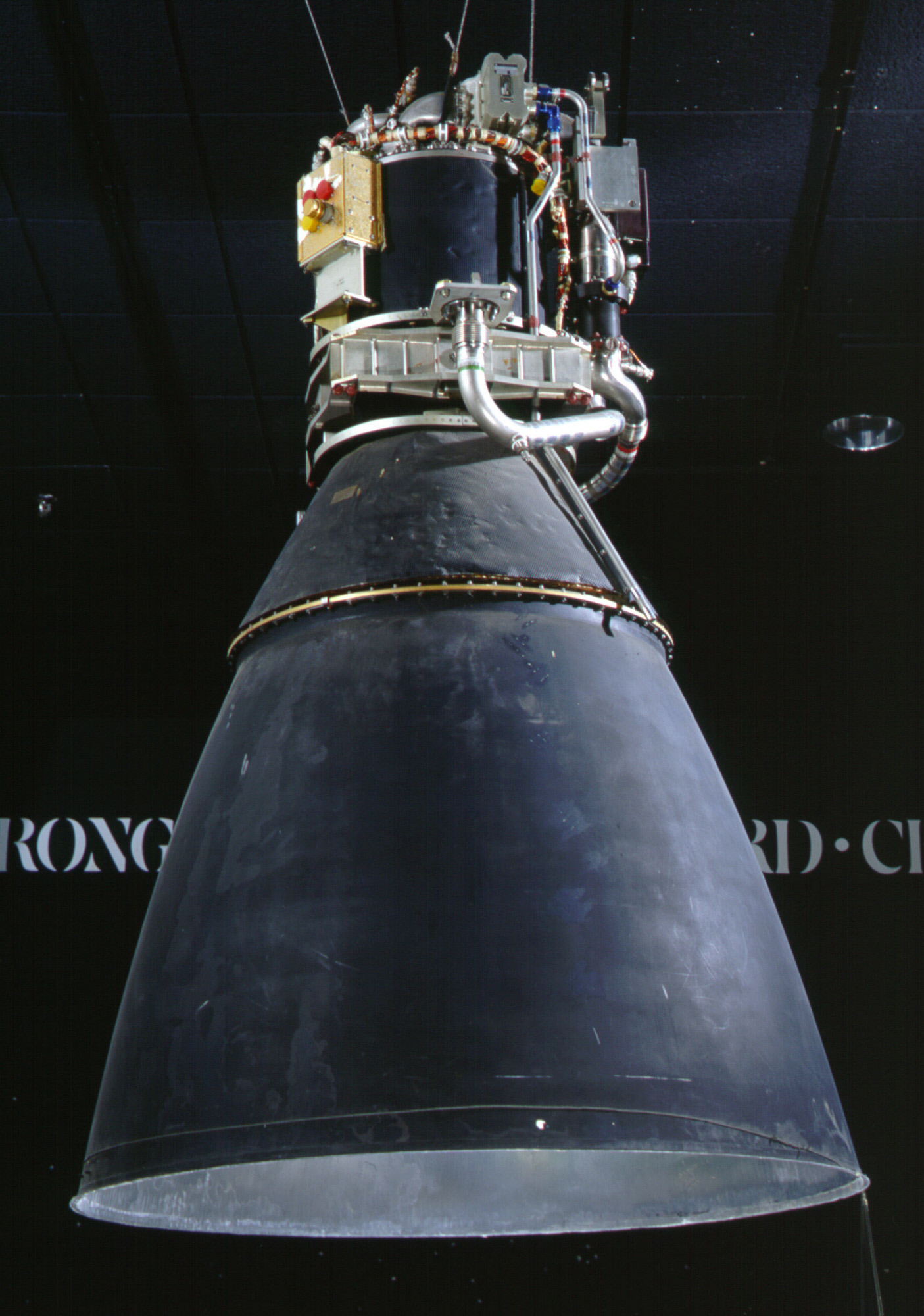
Beyond the Moon
In the 1970s, TRW was a leader in NASA’s space science program. Launched in 1972, Pioneer 10 was the first satellite to fly through the asteroid belt, the first to provide close-up images of Jupiter and the first to leave our solar system.
With the Cold War well under way, our heritage companies met the country’s need for reliable early warning of missile attacks. In 1970, we launched the first Defense Support Program (DSP) spacecraft, a critical element in the nation’s nuclear deterrent force for decades.
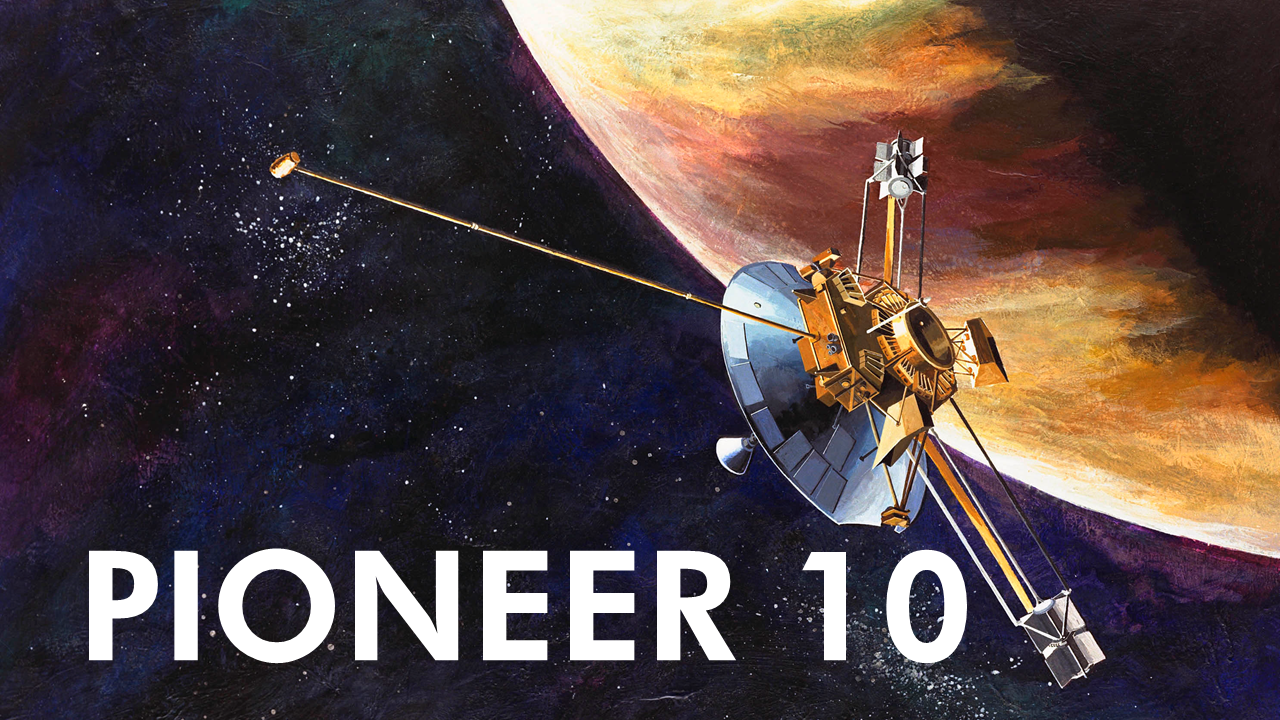
The Space Race Heats Up Again
Rising tensions between the U.S. and Soviet Union defined the early 1980s. The Reagan Administration and the DoD announced a major upgrade of U.S. strategic forces, opting to deploy the Peacekeeper (MX) ICBM, as well as a new generation of military satellites. At NASA, the workforce and facilities were geared toward routinely launching the Space Shuttle and deploying large satellites from its payload bay. Northrop Grumman’s heritage companies played a vital role in the nation’s civil and military space programs during this time.
A Consolidated Effort
The fall of the Berlin Wall in the early 1990s and the so-called “peace dividend” that followed, led to a reduction in U.S. defense spending and a consolidation of the aerospace industry. During this time, the bulk of the heritage companies that make up the space business of today’s Northrop Grumman began to join forces.
A New Century of Discovery and Innovation
From providing astronauts with vital supplies aboard the International Space Station to discovering new exoplanets and the origins of our universe, Northrop Grumman technologies continue to advance human discovery every day. The Transiting Exoplanet Survey Satellite (TESS) has already discovered new exoplanets and supernovae, while the James Webb Space Telescope will study every phase in the history of our universe — from the Big Bang to the formation of life-supporting solar systems.
What does Northrop Grumman do in Space?
Since the dawn of the space age, Northrop Grumman has put innovative products and ideas into orbit, on the Moon, and beyond – from systems engineering, spacecraft manufacturing, precision sensors, space instrument design, ground stations development, orbiting space platforms and revolutionary launch vehicles.
